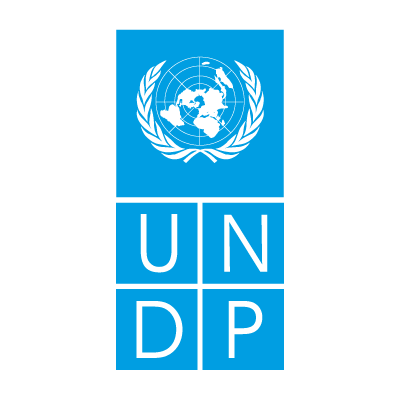
KNOWLEDGE
HUB
Case Study
Quantifying Benefits from Large-Scale Wind Power in Kenya
With the development of the 310-MW Lake Turkana Wind Power Project (LTWP), Kenya supported its sustainability and socioeconomic development goals. The LTWP added substantial electricity generating capacity and helped diversify Kenya’s electricity supply, which is currently largely dependent on hydropower and fossil fuels. Other benefits of the LTWP include reducing emissions of CO2and criteria air pollutants associated with burning fossil fuels that are harmful to human health, creating local jobs for construction and operation of the project, improving regional connectivity through road construction, and motivating the primary electric utility to address energy-access issues. Financing the project proved challenging, but the African and European development banks provided support to ensure implementation. Key actions and good practices from this project, detailed in the case study, are highlighted below.
- Planning and engaging with local communities early in the process helped ensure environmental and social impacts were addressed and delays were minimized.
- Securing financing from development finance institutions was critical to providing the assurance private investors needed to invest in the project.



